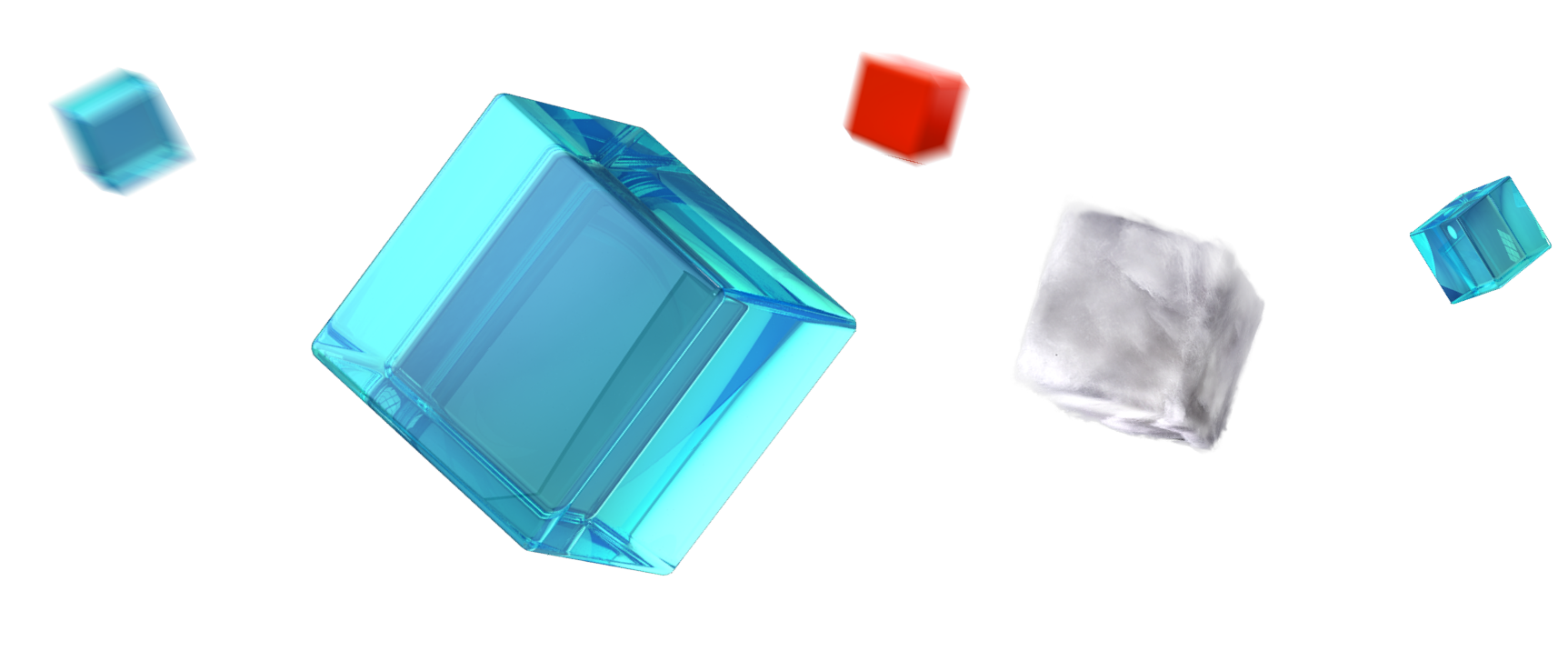M4250-10G2F-PoE+
1 Item was added to your cart
1 Item was removed from your cart
 Add More Products
VIEW QUOTE CART
Add More Products
VIEW QUOTE CART
M4250-10G2F-PoE+

Add this product to your quote cart. When you've completed all your requests, click submit and we'll contact you with your quote.
M4250−26G4F−PoE+ is a NETGEAR managed switch designed for 1Gb AVoIP deployments. It is out−of−the−box preconfigured for the KDS−7 encoders and decoders with zero configuration and is fully scalable.
It features 8 1G PoE+ ports with 125W PoE budget, 2 1GBase−T ports and 2 SFP ports. It has a front black display panel with status and is possible to reverse mount with ports in the front. The software−controlled fan adjustments enable the choice of fanless, quiet or cool operations. A wide range of management features are available for IT admins via an easy−to−use web console and a dedicated AV web−based interface at [switch IP address:8080] for AV installations.
- The NETGEAR M4250 series ranges from 8 to 48 ports with a variety of PoE+ and Ultra90 PoE++ options for 15.4W, 30W, 60W, 75W and 90W AVoIP endpoints.
- Uplink options include 1G for audio installations or standalone video installations as well as 10G uplinks for larger scale video deployments.
- Also includes 12–port multi–gigabit Ethernet and 16–port 1G/10G fiber models for plug and play aggregation in a star topology.
- Designed for a clean integration with traditional, rack–mounted, AV equipment.
- A second pair of rackmount ears allows the switches to be mounted recessed by 2–inches to allow for the cabling.
- Threaded holes on the bottom (4xM5 for 50x100mm VESA) and in front (1xM10 for clamps) allow for universal mounting options outside the rack as well.
- For audio, profiles for Dante, Q–SYS and AES67 are built–in, as well as an AVB profile (AVB license sold separately).
- To further simplify star deployments, NETGEAR IGMP Plus™ brings multicast automation between all M4250 switches, and with M4300/M4500.
- Auto–Trunk and Auto–LAG simply connect M4250 switches together.
- All M4250 switches share the same high–end NETGEAR Layer 2 / Layer 3 switching engine for a consistent experience.
- All switches in the M4250 series have another main, IT web–based GUI for midsize Enterprise campus networks, IoT and IPTV.
- Additional features include static, RIP and PIM–SM, DM and SSM multicast routing, DHCP Server and PTPv2 Transparent Clock (1–step E2E).
- Efficient authentication tiering with successive DOT1X, MAB and Captive Portal methods for streamlined BYOD.
- Comprehensive IPv4/IPv6 static and dynamic routing including Policy–based routing and 6–to–4 tunneling.
- Advanced IPv4/IPv6 security implementation including malicious code detection, DHCP Snooping, IP Source Guard protection and DoS attacks mitigation.
Aplicações
- Military
- Command and Control
- Education
- Corporate
- Digital Signage
- Entertainment
- Medical






